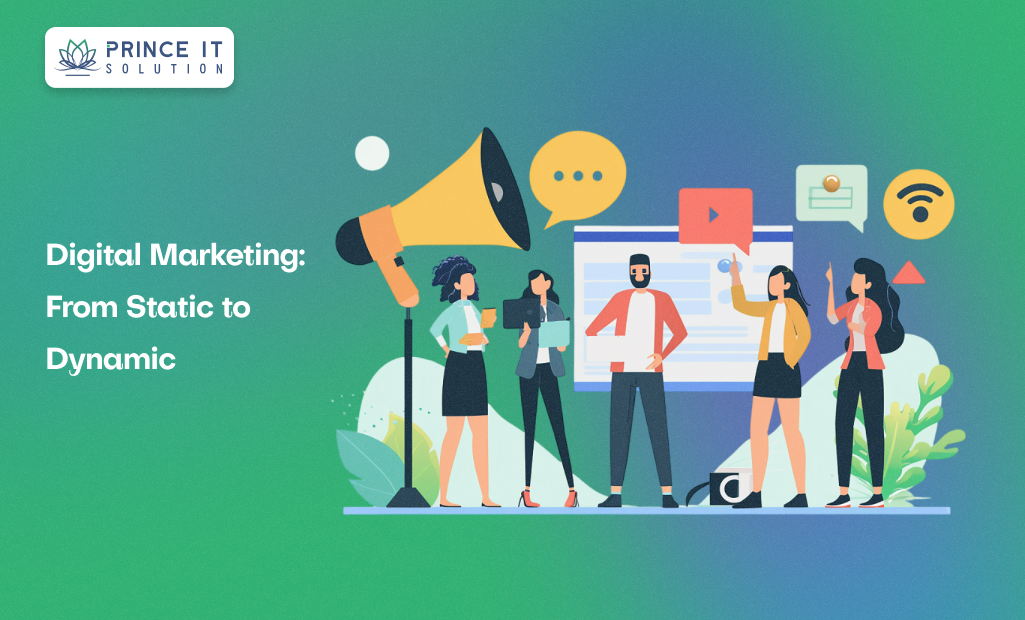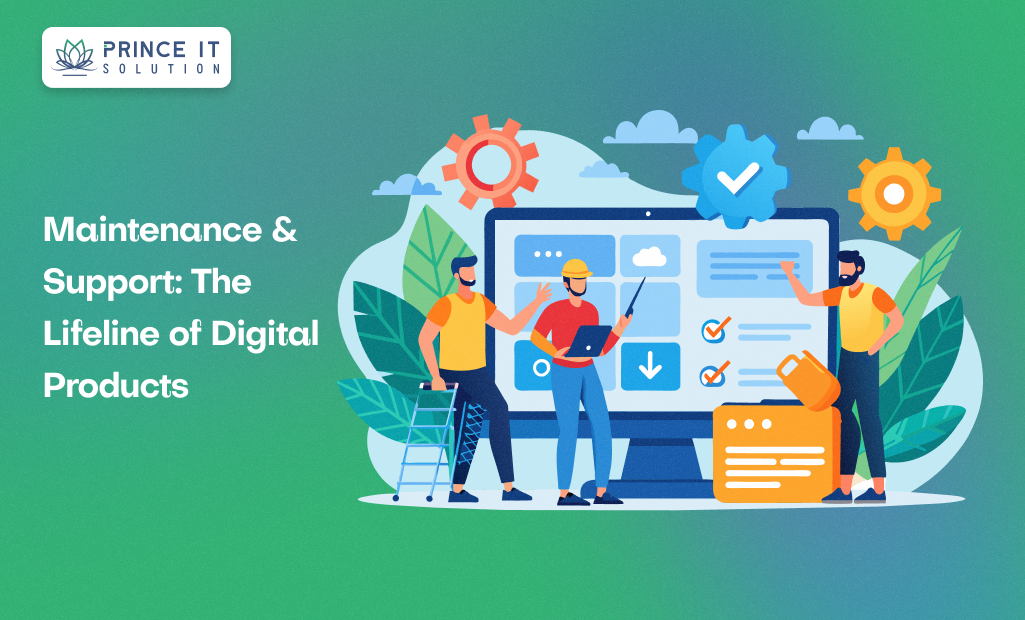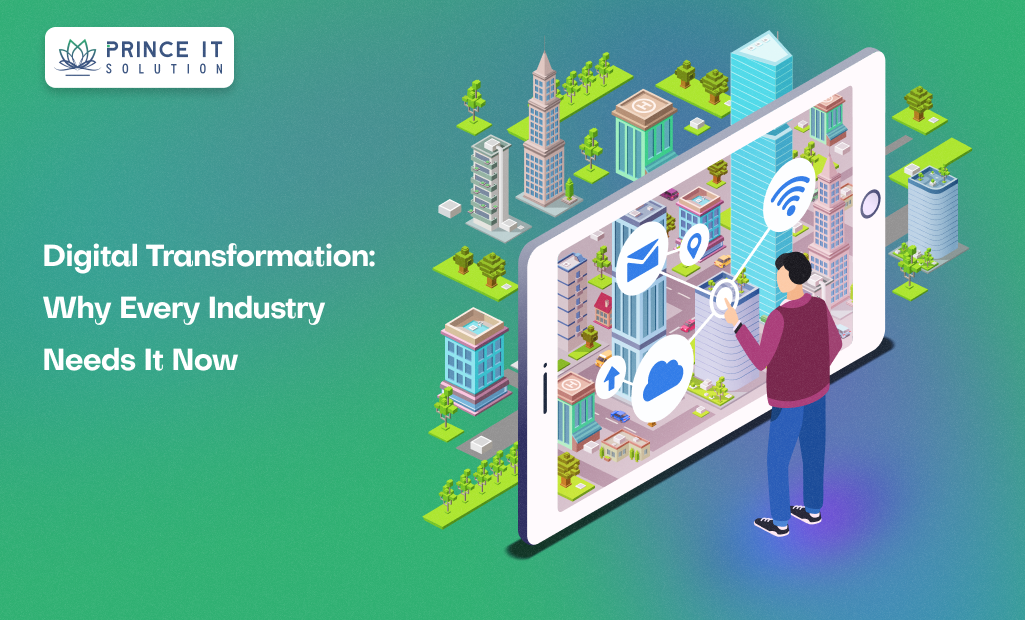Digital Marketing: From Static Pages to Engaging Experiences
Your website is more than just an online business card; it’s the heart of your digital presence. After countless hours spent on design, copywriting, and perfecting its look, you finally launch it to the world. It’s visually stunning, filled with valuable brand information, and reflects your unique identity.
But here’s the truth: the journey doesn’t end at launch. In the ever-changing digital landscape, a static website won’t be enough to capture attention or inspire action. To truly succeed, you need to transform your site into an engaging, interactive experience, and that’s where digital marketing comes in.
User Experience (UX) Optimization: Turning Browsers into Loyal Visitors
A great user experience is the foundation of any high-performing website. Visitors won’t stay, let alone convert- if navigation feels clunky or if the site loads at a snail’s pace.
Digital marketers use tools like heatmaps and user session recordings to identify where visitors hesitate, click away, or get stuck. By addressing these pain points, you create smoother journeys that keep users engaged.
A/B testing is another game-changer. By showing different versions of headlines, layouts, or CTAs to segments of your audience, you can pinpoint which design or message drives the best results.
And speaking of CTAs, they need to be crystal-clear and action-oriented. Whether it’s “Get Your Free Trial” or “Join the Community,” a compelling call-to-action can significantly boost engagement and conversions.
SEO: Enhancing Discoverability in a Crowded Digital Space
A beautifully designed site won’t matter if no one can find it. That’s where Search Engine Optimization (SEO) becomes your growth engine.
It starts with keyword research, understanding the exact terms your audience uses when searching for solutions you provide. Once identified, these keywords should be strategically woven into your content, meta tags, and headings.
Technical SEO takes it a step further by optimizing your site’s architecture, improving page load times, and ensuring search engines can crawl and index your content efficiently.
Pair this with content marketing, publishing high-quality, keyword-rich blogs, guides, and resources, and you’ll gradually improve rankings while attracting organic traffic that’s ready to engage.
Conversion Rate Optimization (CRO): From Visitors to Customers
Driving traffic is just half the battle; turning that traffic into revenue is where CRO shines.
Landing pages should have a singular focus with minimal distractions, clear value propositions, and trust-building elements like testimonials.
Streamlined lead forms also make a difference. Ask only for essential information, and offer an incentive, a free eBook, a discount code, or exclusive content, to encourage sign-ups.
Personalization is the final CRO superpower. By tailoring website recommendations, offers, and content based on a visitor’s behavior or profile, you create a more relevant experience that’s far more likely to convert.
Content Marketing Integration: A Unified Brand Voice
Your content marketing efforts should seamlessly connect with your website experience. Embedding your blog directly into your site allows you to showcase expertise and keep users coming back for fresh insights.
Social media integration amplifies this reach. Sharing your site’s articles, case studies, or videos on platforms like Instagram, LinkedIn, or Facebook can drive new visitors and build a community around your brand.
Email marketing integration ensures you can nurture leads long after their first visit. By capturing email addresses and sending targeted campaigns, you stay top of mind while delivering relevant value straight to your audience’s inbox.
Mobile Optimization: Where First Impressions Happen
With more than half of global web traffic coming from smartphones, mobile optimization is no longer optional; it’s essential.
A responsive design ensures your site looks and works perfectly on any device. This isn’t just about fitting the content to a smaller screen; it’s about creating a frictionless experience with easy navigation, touch-friendly buttons, and fast loading times.
Search engines now prioritize mobile-friendly websites, so this directly impacts your SEO rankings as well. And a smooth mobile experience often translates into higher engagement and conversion rates.
Social Proof: Trust That Converts
Trust is a powerful motivator in the digital space. People want to see that others have had a positive experience before they commit.
Showcasing reviews, testimonials, and case studies on your site can instantly boost credibility. User-generated content, like customer photos or video shoutouts, also adds authenticity.
You can take it further by featuring endorsements from industry experts or influencers. This type of social proof not only increases trust but also encourages potential customers to take the next step.
Analytics and Data-Driven Insights: The Engine Behind Growth
One of the greatest advantages of digital marketing is the wealth of measurable data it provides.
Tools like Google Analytics give you real-time insights into traffic sources, bounce rates, user journeys, and conversions. By monitoring KPIs, you can identify what’s working and fix what isn’t.
Data-driven decision-making ensures you’re not just guessing; you’re optimizing every element of your website and marketing campaigns for maximum impact.
Wrap Up
Your website launch is just the beginning. In the digital age, success requires continuous evolution, driven by smart, targeted marketing efforts.
By focusing on UX optimization, SEO, CRO, content integration, mobile readiness, social proof, and data-driven strategies, you can transform your website from a static page into an interactive, high-converting experience.
Digital marketing isn’t just about keeping up; it’s about staying ahead. Start optimizing today, and watch your website evolve into a true conversion powerhouse.



